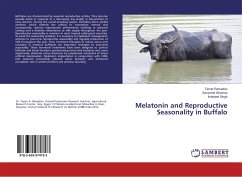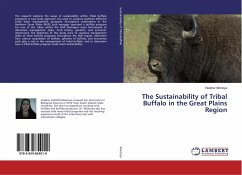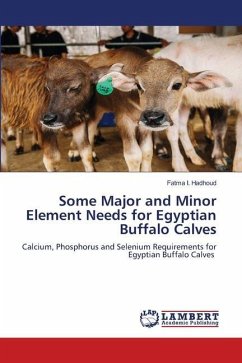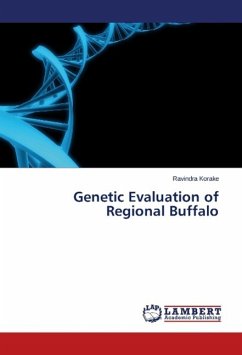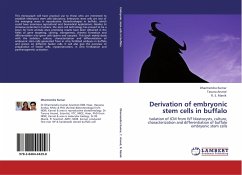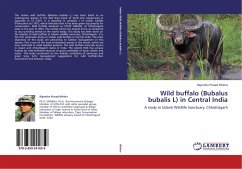Buffaloes are characterized by seasonal reproductive activity. They become sexually active in response to a decreasing day length in late-summer to early autumn. During the out-of-breeding season, buffaloes often exhibit anestrus, which extends the calving to conception interval and consequently, reduces reproductive performance resulting in seasonal calvings and a dramatic disturbance to milk supply throughout the year. Reproductive seasonality is common in most tropical subtropical countries. To avoid the seasonality problem, it is necessary to implement management schemes to overcome reproductive seasonality and regulate production of milk throughout the year. Thus, hormonal therapies to induce estrus and ovulation in anestrus buffaloes are important strategies to overcome seasonality. These hormonal treatments have been designed to control follicular and luteal functions synchronizing estrus and ovulation and, more importantly, eliminate estrus detection by preplanned scheduled of timed artificial insemination. Melatonin implantation in conjunction with CIDR-eCG protocol successfully induced estrus behavior and enhanced conception rate in anestrus heifers and anestrus lactating
Bitte wählen Sie Ihr Anliegen aus.
Rechnungen
Retourenschein anfordern
Bestellstatus
Storno

